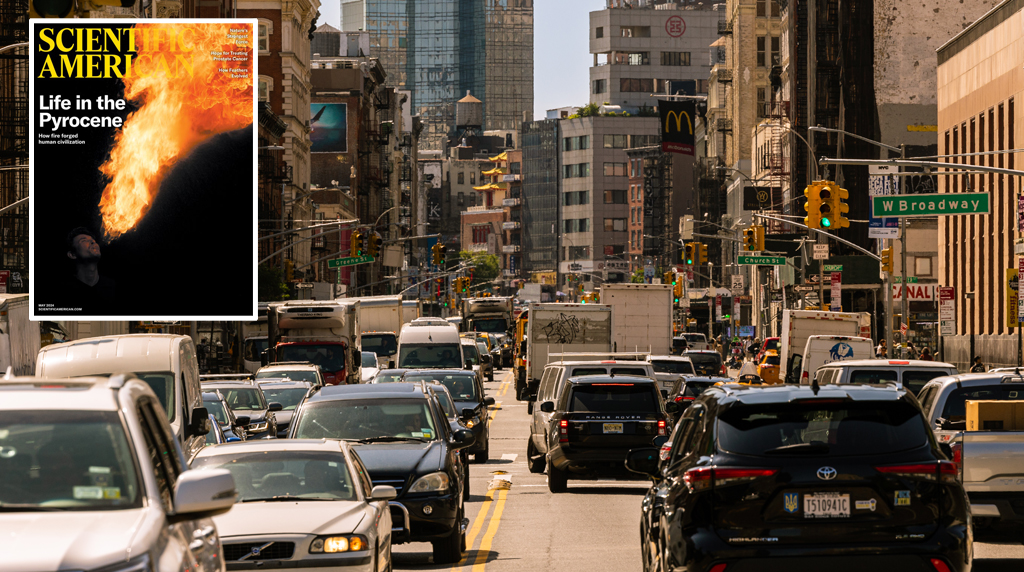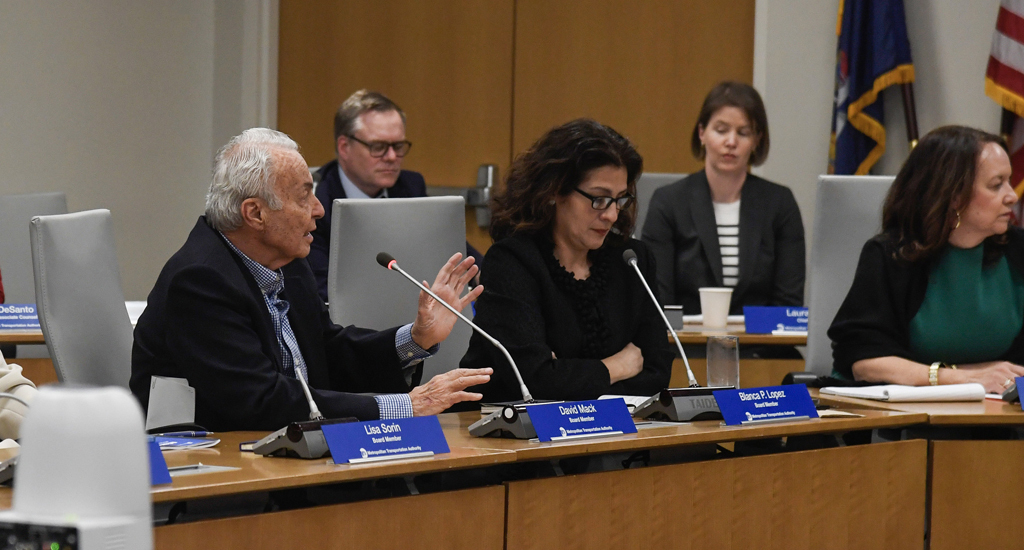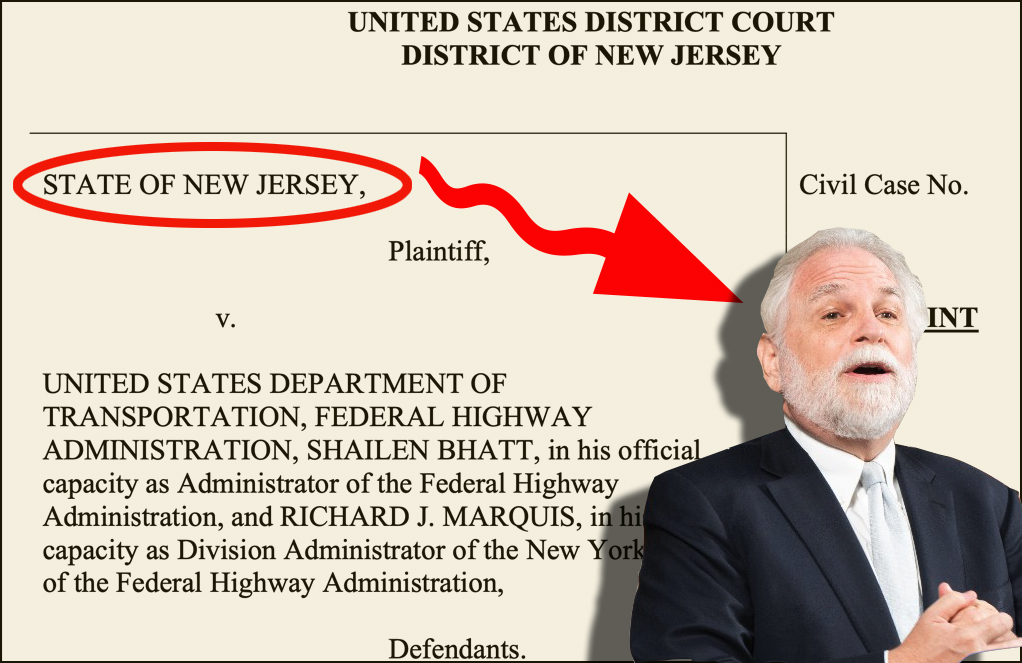When you hear the words "car culture," what -- or where -- do you think of? The freeways of Los Angeles? The factories of Detroit? With its new show, "Cars, Culture and the City," the Museum of the City of New York attempts to retell the history of the automobile with New York City at the very center.
The curators make a convincing case. Even if New York never let itself be quite as dominated by the car as other American cities, much of the intellectual firepower that created car culture originated here. New York's "great mistake" of surrendering to the automobile reverberated across the country, making an outsize impact on our shared understanding of how to get around. While the exhibit is sponsored by the Greater New York Automobile Dealers Association, it provides a value-neutral assessment and closes with a hint that, perhaps, a turn toward livable streets in New York could similarly reshape the nation.
I put together this photo essay based on the exhibit to give a sense of how New York City has been an ideological staging ground for car companies, car advertisers, and car-centric planners. (Some of the images here are not the same as those on display at MCNY.)
The exhibit's most effective pieces are those which allow New Yorkers to see familiar places and objects in a new light. The iconic spire of the Chrysler Building may still catch our eye, but how often do we think about its name, much less the fact that the ground floor was once the brand's flagship showroom?
Since New York remains the cultural capital of the country, car companies continue to flock here to burnish their image. In 1951, the Museum of Modern Art became the first museum in the world to display automobiles as art. Frank Lloyd Wright designed a Jaguar dealership for New York City with a spiral center explicitly echoing his Guggenheim Museum. Today, high-design showrooms continue to pop up in chic Manhattan neighborhoods as companies attempt to brand their cars as personal identities rather than products.
New York City firms have played a huge role pitching cars to the rest of the nation. Madison Avenue advertisers built the image of the automobile, sending car culture across the country and the world.
New York was where the vision for a national car-based infrastructure first took root. At the World's Fairs of 1939 and 1964, Americans flocked to see displays of megalithic towers connected by super-highways to the horizon: Le Corbusier and Robert Moses meet the Jetsons.
New York has played a pivotal role in almost every step of the technical development of our car-dependent transportation system. The first multiple-lane, limited-access roads (a.k.a. highways)? The Bronx River Parkway and the Long Island Motor Parkway. The first traffic code in the world? William Phelps Eno's 1903 code, written for New York City.
"Cars, Culture and the City" challenges our popular understanding of the automobile. It's not that we don't know about each of these examples of New York City's history with the automobile, but our imaginations still drift westward when asked to place car culture's origins. This exhibit -- well worth a trip -- forcefully argues that the story begins in New York.
And how does it end? Well, the exhibit closes by showing that what's coming out of New York City these days isn't quite car culture:
In addition to Madison Avenue car commercials, New York City is now sending Streetfilms to the rest of the country. This one and four others were playing on a loop. Next to them was a glass case containing a copy of PlaNYC. If New York's livable streets advocates shape the national transportation discussion half as much as their auto-centric predecessors did, America could look very different a generation from now.









